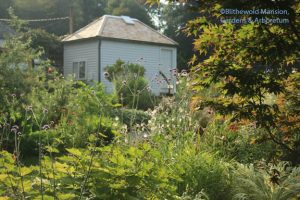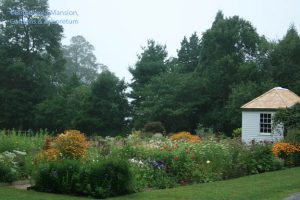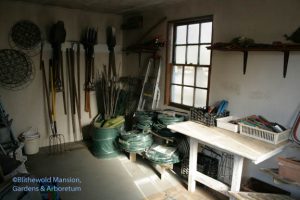The pumphouse
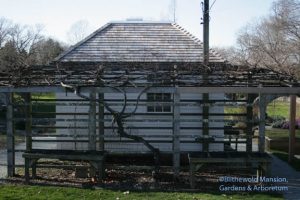 Before doing anything that takes significant creative energy it usually feels very important all of a sudden to make sure that the closets are clean and the dishes have been done. That’s my preferred procrastination technique anyway and I know I’m not alone.
Before doing anything that takes significant creative energy it usually feels very important all of a sudden to make sure that the closets are clean and the dishes have been done. That’s my preferred procrastination technique anyway and I know I’m not alone. 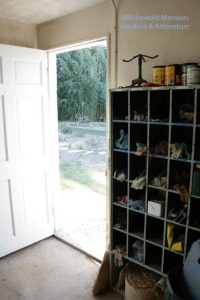 (Though given the state of my own closets and the perennial sink-full of dishes, I think my ability to resist the muse must have many complex layers.) But Gail and I have important garden design work ahead of us and because we absolutely must be able to hear the muse when she speaks, this week Gail set to quieting the noise of the mess in the pumphouse.
(Though given the state of my own closets and the perennial sink-full of dishes, I think my ability to resist the muse must have many complex layers.) But Gail and I have important garden design work ahead of us and because we absolutely must be able to hear the muse when she speaks, this week Gail set to quieting the noise of the mess in the pumphouse.
The pumphouse (so called because it houses the pump for the well) is our tool shed and growing season catch-all, full of left-hand gloves, empty cans of string, stakes, dirty kneelers and squares of burlap – just to name a few of the items one can plainly see through the open door. In the latest issue of Gardens Illustrated, Frank Ronan wrote an essay about garden sheds – he describes them as places that are generally off limits to visitors where the behind-the-scenes machinery that makes the garden grow is stored out of sight. You can have a garden without trees, he says but not without a shed. I’m sure that’s true in a way – in order to really garden, one must have things like loppers, mowers, spades and rakes and they must be kept somewhere within reach but out of the reach of the elements so that they don’t become useless lumps of crusty rust. The shed itself is a necessary tool whether it takes up a wall in the garage or the bulkhead stairs. Of course, the quintessential garden tool shed is a separate little outbuilding tucked into a dark corner of the garden.
Ours is dead central within the Display Garden and an integral part of the visitors’ experience of the garden, whether the door is open or not. When the door is open, our behind-the-scenes hard work is visible and I have to say that I’m not really bothered by that even when it looks a little cluttered. Spades and digging forks and bags of fertilizer and muddy footprints are irrefutable evidence that the garden didn’t just grow out of a puff of fairy dust and elf spit. (I’d much rather that we and the volunteers get the credit.) But over the course of the season, the usefulness of the shed degrades as the clutter becomes more congested.
We’re lucky to have such an attractive tool shed; so lucky that it was recently restored with fresh paint and a gorgeous new roof; and lucky that Gail had the energy and drive to make it tidy and spacious again. And because it’s so well organized now, I like to think that it will be much easier to keep it that way.
Where do you store your garden tools? Are you able to keep everything organized and tidy throughout the season or is it still a mess? (My own shed is a windowless prefab shack with so much stuff on the floor, I can’t walk in without tripping. Maybe I’ll work on organizing it the next time I have the urge to paint…)

